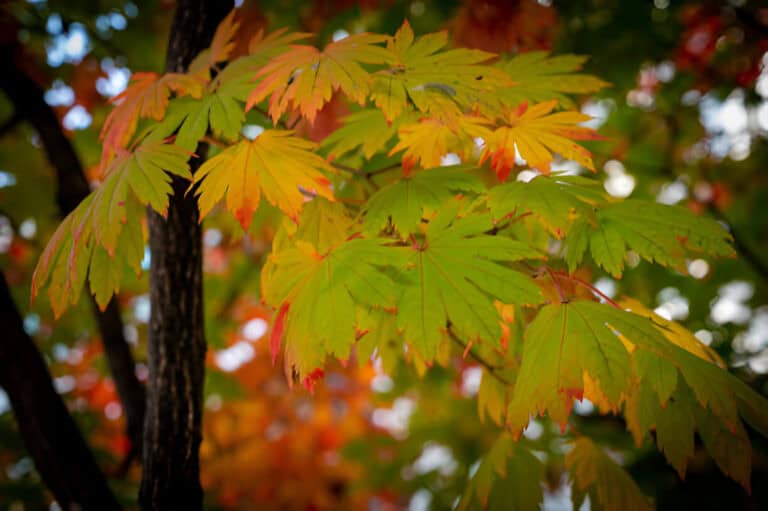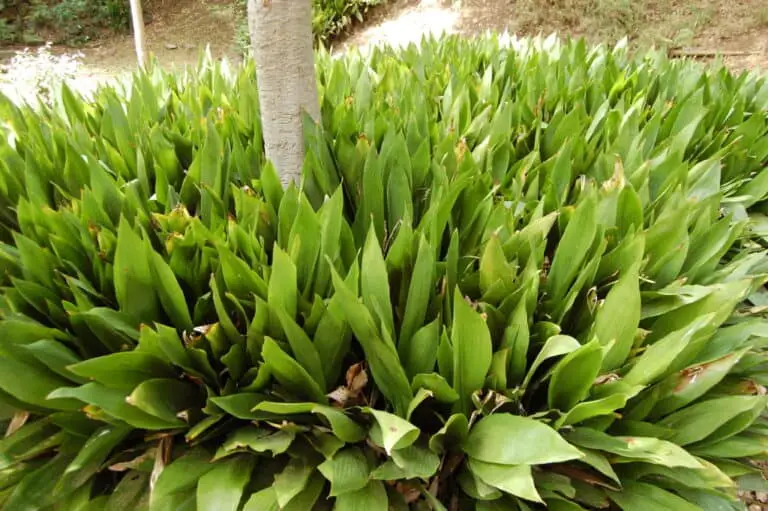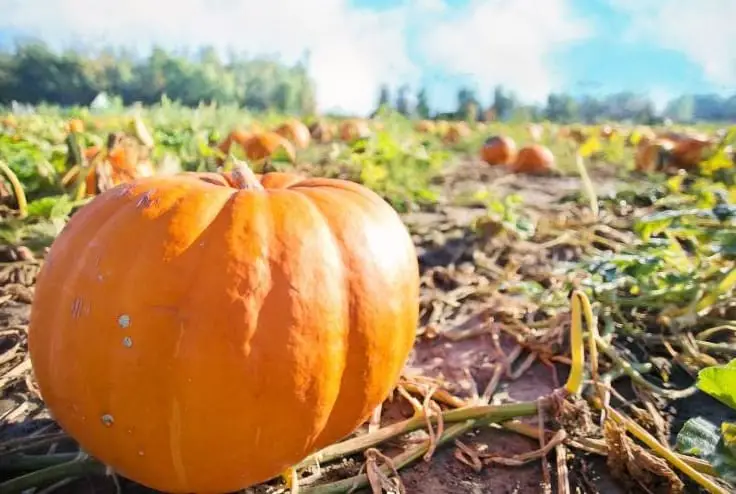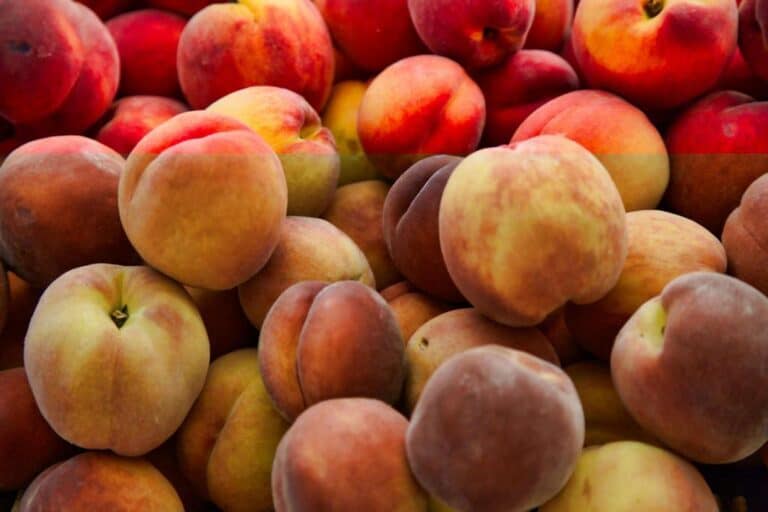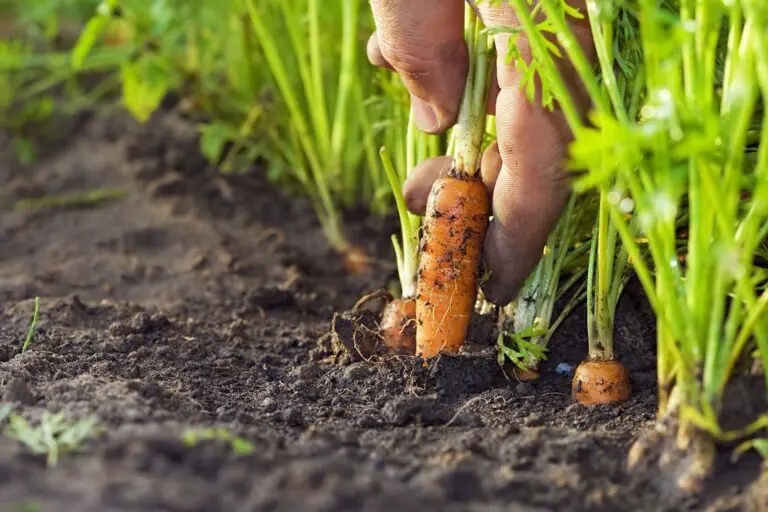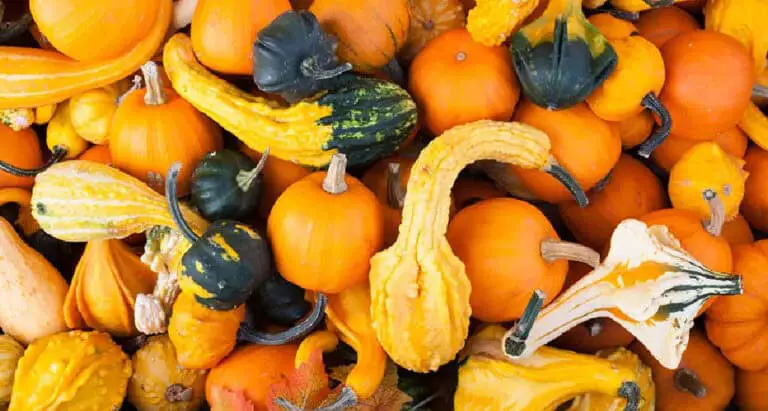What Can I Plant Between Evergreen Shrubs? Maximize Your Garden Space
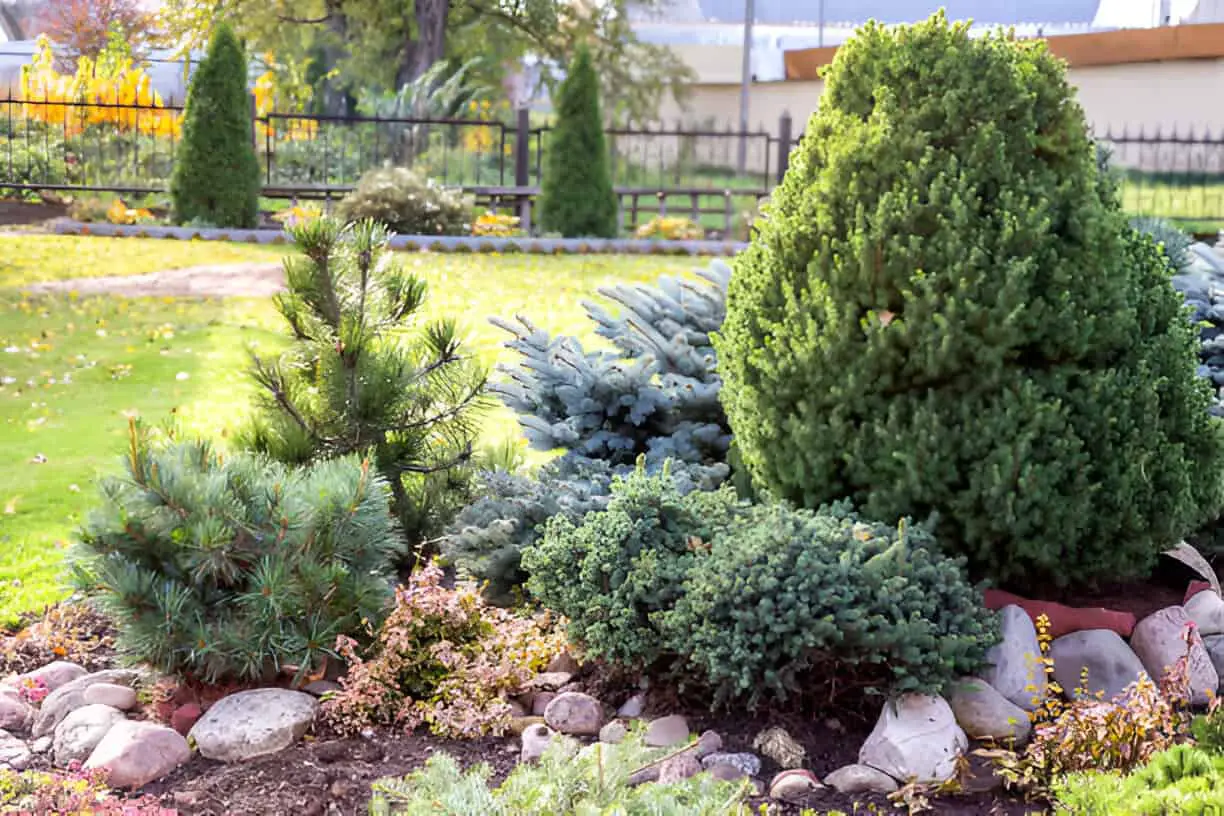
I’ve always loved evergreen shrubs for their year-round structure, but I used to struggle with the empty spaces between them. Those gaps made my garden look incomplete, like a puzzle missing a few key pieces. After experimenting with different plants, I found the perfect way to fill those spaces while adding color, texture, and seasonal interest.
If you’re wondering what to plant between your evergreen shrubs, let’s dive into some of the best options.
Why Fill the Gaps?
Leaving bare soil between evergreen shrubs isn’t just an aesthetic issue—it also leads to weed problems, moisture loss, and missed opportunities for biodiversity. Adding complementary plants:
- Enhances visual appeal year-round
- Reduces weeds by crowding them out
- Improves soil health and moisture retention
- Attracts pollinators and beneficial insects
With the right combination, you can turn those spaces into a lush, thriving landscape.
Choosing the Right Plants
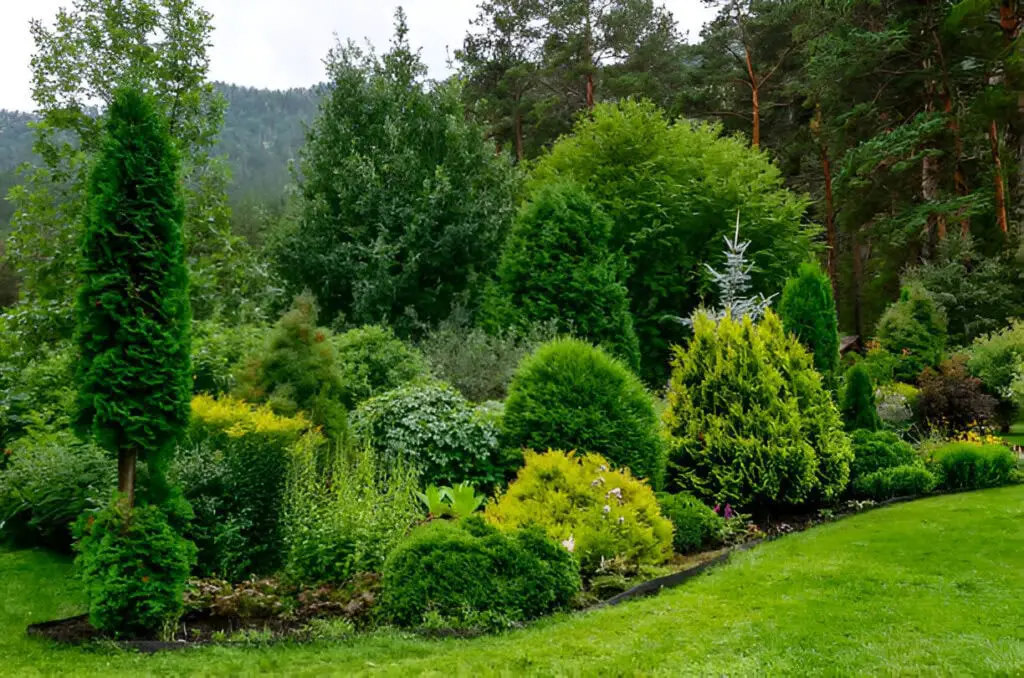
When selecting plants, consider these factors:
| Factor | Why It Matters |
| Sunlight | Some spaces may get full sun, while others remain shaded under large evergreens. |
| Soil Type | Evergreen roots may compete for nutrients, so pick resilient plants. |
| Water Needs | Drought-tolerant plants work best if your evergreens soak up most of the moisture. |
| Growth Habit | Choose plants that won’t overcrowd or choke out your shrubs. |
Ground Covers: The Living Carpet
Ground covers are low-maintenance, spread easily, and create a beautiful green (or colorful) base. Some of my favorites include:
- Creeping Thyme – Fragrant, drought-tolerant, and perfect for sunny spots.
- Sweet Woodruff – Ideal for shady areas, with delicate white flowers in spring.
- Ajuga (Bugleweed) – Offers vibrant foliage and thrives in both sun and shade.
- Sedum (Stonecrop) – A great choice for dry areas with plenty of sunlight.
Perennials: Long-Term Beauty
Adding perennials between your evergreen shrubs brings seasonal color and interest. Here are a few winners:
| Plant | Best For | Key Feature |
| Hostas | Shade | Large, lush leaves that contrast with evergreen textures. |
| Heuchera (Coral Bells) | Part shade | Colorful foliage in deep reds, oranges, and purples. |
| Lavender | Full sun | Fragrant, drought-tolerant, and attracts pollinators. |
| Daylilies | Sun to partial shade | Hardy and offers bright, cheerful blooms. |
Small Shrubs & Ornamental Grasses
For a layered look, mix in small shrubs or ornamental grasses:
- Boxwood – Compact and pairs well with larger evergreens.
- Dwarf Hydrangeas – Provide stunning summer blooms without overshadowing the evergreens.
- Japanese Forest Grass (Hakonechloa) – Graceful, golden-green blades that thrive in shade.
- Fountain Grass – Soft, wispy plumes that add movement to the garden.
Seasonal Annuals: A Splash of Color
If you love changing things up, annuals are a fantastic option. Some great choices include:
- Petunias – Bright, cheerful, and easy to grow in sunny spaces.
- Pansies – Perfect for cooler months, adding color to fall and early spring.
- Alyssum – A fragrant ground cover that spills beautifully between shrubs.
- Marigolds – Hardy and excellent for deterring pests.
| Check out: Viburnum vs. Ligustrum: Choosing Better Shrubs for Your Landscape |
Smart Planting Tips
- Group plants with similar water needs to make maintenance easier.
- Leave space for air circulation to prevent disease.
- Use mulch to retain moisture and suppress weeds.
- Consider companion planting—certain flowers and herbs can help repel pests and benefit nearby plants.
Designing Your Companion Planting Scheme
Designing a companion planting scheme requires more than just filling empty spaces—it’s about creating a balanced, visually appealing garden where plants support each other. Before digging in, consider factors like sunlight exposure, soil conditions, and plant compatibility. Group plants with similar water and nutrient needs to prevent competition and ensure a thriving landscape.
To achieve a harmonious look, pay close attention to color, height, and texture. Contrast bold foliage, like hostas, with delicate flowers such as lavender to create depth. Use taller plants as a backdrop and shorter ones in the foreground to maintain a natural flow. A mix of evergreen and seasonal bloomers will keep your garden looking fresh year-round.
| Element | Consideration | Example Plants |
| Color | Complementary hues for contrast | Purple Salvia & Yellow Coreopsis |
| Height | Layering for depth | Tall Grasses & Low Creeping Thyme |
| Texture | Mix of fine and broad leaves | Ferns & Heuchera |
Planning for growth and seasonal changes prevents overcrowding and ensures continuous beauty. Choose perennials for structure and interplant with annuals to refresh the look each season.
By designing with intention, your companion planting scheme will enhance both function and aesthetics.
Common Mistakes to Avoid in Companion Planting
Companion planting can take your garden to the next level, but it’s easy to make mistakes if you’re not paying attention. The wrong plant pairings can lead to stunted growth, nutrient competition, or even pest infestations.
One common pitfall is choosing plants with conflicting needs—pairing a thirsty, shade-loving plant with a drought-tolerant sun worshiper sets them both up for failure. Always match plants based on water, light, and soil requirements to ensure they thrive together.
Understanding plant compatibility goes beyond just avoiding bad neighbors. Some plants release chemicals that inhibit the growth of others. For example, fennel stunts the growth of many vegetables, and black walnut trees secrete juglone, which can harm nearby plants. Researching which plants complement each other—like basil and tomatoes—helps create a balanced ecosystem.
| Mistake | Why It’s a Problem | Better Approach |
| Overcrowding | Plants compete for nutrients and sunlight | Space plants appropriately based on mature size |
| Mixing Water Needs | Leads to root rot or dehydration | Group plants with similar water requirements |
| Ignoring Growth Cycles | Can leave gaps in your garden | Plan for continuous blooms and staggered planting |
Your garden will tell you when something isn’t working—yellowing leaves, slow growth, or plants failing to thrive are signs to reassess your choices. Keep a garden journal, adjust plant placements as needed, and let experience guide you. The best companion planting strategies come from learning and fine-tuning as you grow!
Final Thoughts
Filling the spaces between evergreen shrubs transforms your landscape from static to dynamic. By mixing ground covers, perennials, small shrubs, and seasonal annuals, you create a rich, multi-layered garden that thrives year-round. Whether you prefer a low-maintenance approach or enjoy changing things up with seasonal blooms, there’s a perfect plant (or combination of plants) for your space. So grab your trowel, and let’s turn those empty gaps into a lush, vibrant garden!

